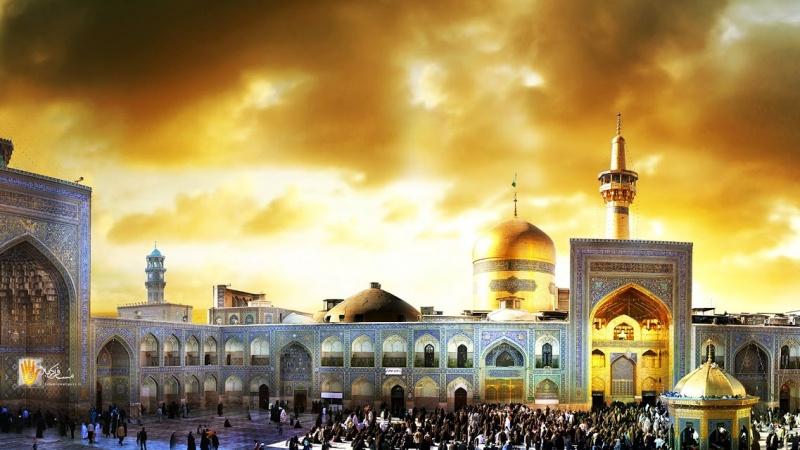The Martyrdom of Imam Reza is observed every year on the 30th day in the Islamic month of Safar. This year, it will be observed from the evening of September 25. According to Nationaltoday.com, it is a public holiday in Iran and it commemorates the martyrdom of Ali ibn Musa al-Ridha, who was a descendant of the Islamic Prophet Muhammad as well as the eighth Imam in Twelver Shia Islam. In 818, Imam Ali al-Ridha was murdered by the Abbasid caliph al-Ma’mun and was buried beside the grave of al-Ma’mun’s father.
HISTORY OF MARTYRDOM OF IMAM REZA
The spiritual leader — called an ‘Imam’ — of the Shia was chosen from the descendants of Prophet Muhammad. In 799 Alī ibn Mūsā ar-Riḍā who was born on January 1, 766 became Imam Reza, the eighth Shia Imam, after his father Imam Musa al-Kadhim died.
Reza was Imam for nearly two decades during which time he had gained a reputation for being a respected, knowledgeable, and highly spiritual leader. Historian Al-Dhahabi praised him and said al-Ridha was the most clement and noblest of the Hashemites of his time.
The Abbasid Caliphate used to rule the Muslim world at the time and the Caliph Al-Mamun designated Imam Reza as the successor to the Caliphate to quell Shia revolts.
According to Shia historians, Al-Ma’mun was shocked and threatened on seeing that Imam Reza had become more popular than him. This is when the Caliph conspired to kill Imam Reza by poisoning him in June 818.
The Imam was buried at the Imam Reza shrine in the Iranian northeastern province of Khorasan Razavi — now called Mashhad, which means the place of martyrdom. The shrine is a complex containing the mausoleum of Imam Reza.
Every year on this day, millions of Iranians attend mourning processions to mark the martyrdom anniversary of Imam Reza.
Mourners from different social classes and age groups gather at mosques and religious sites across Iran dressed in black. During these ceremonies, eulogies are given and sermons delivered in honor of the revered Shia Imam.

